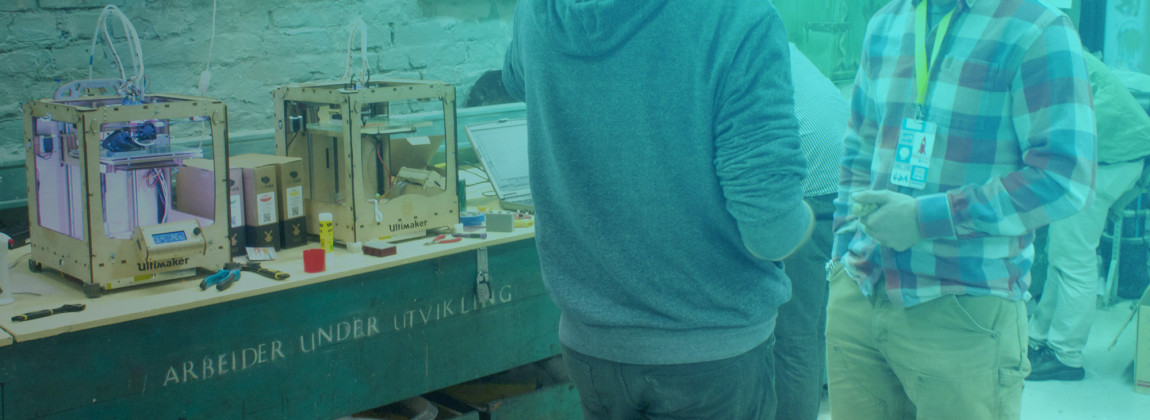- Type of project
- PhD
- Funding
- AHO
- william@kempton.no
- Duration
- 01.08.2014 -> 01.08.2018
This project has been completed
About the project
The PhD research project, a part of AHO’s continued involvement in research on Additive Manufacturing (AM), aims to investigate the possibilities of Additive Manufacturing, popularly labelled 3D printing, in the field of Product Design.
With 3D printing, the barriers between conceptualising ideas, creating physical prototypes, and manufacturing physical objects are becoming increasingly interlaced.
Additive Manufacturing (AM), the collective term for using 3D printing technology in creating physical objects, has the potential to change the way products are developed, created and manufactured. The technology, which is capable of producing objects by gradually applying and bonding materials together, have the capabilities of creating radically new possibilities for the designer. What was once labelled Rapid Prototyping, coming from a tradition of making prototypes in the development of new products, is predicted to be a viable manufacturing method in itself. Claims of locally created, individual, or even unique items are made, setting the premise for a new industrial revolution. With a recent proliferation of amateur endeavours in 3D printing, this claim has become nothing but more pronounced.
There is a need to address the incremental nature of product development by investigating the latent possibilities of AM. The thesis, titled The Living Prototypes seeks to explore the 3D printer as an value-creating tool in a new form of product and service development. It looks at existing New Product and Service Development, and how AM technologies might alter the way products or product-focused services are developed. It investigates the relationship between conceptualising, creating and manufacturing objects, as well as the continuously evolving prototype that the 3D printer is able to create.
This thesis is concerned with opening out ideation processes in a design-centred approach to New Product Development, framed around the potentials of AM.





